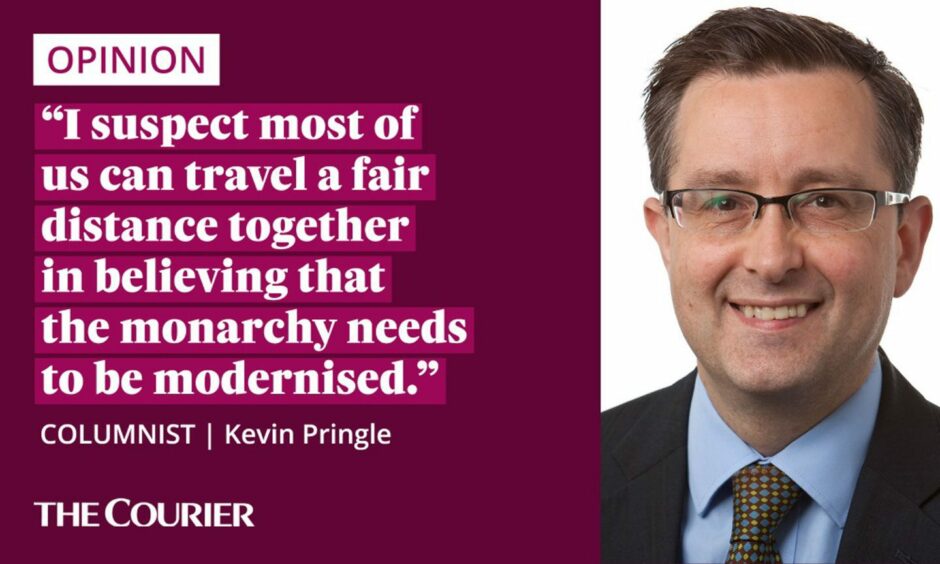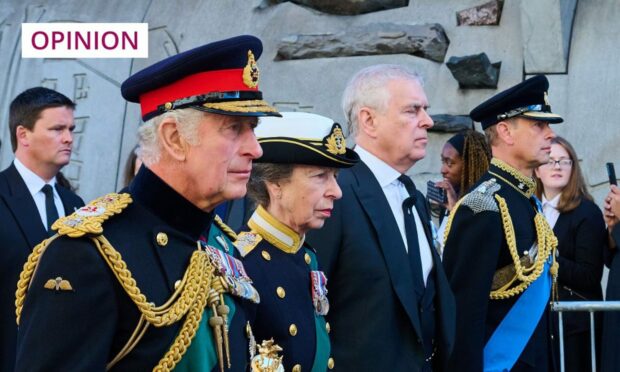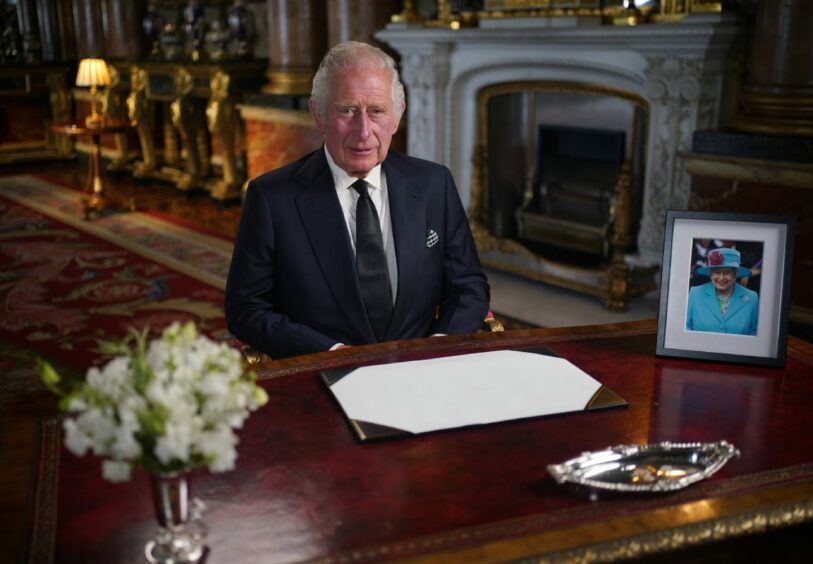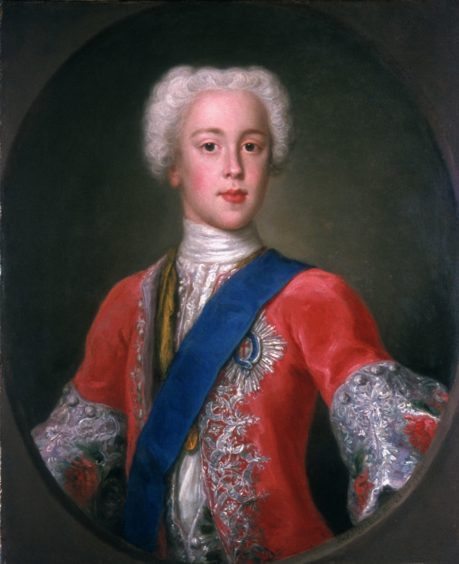Is it possible to pay our respects to a 96-year-old lady who served as Queen with dedication and distinction for seven decades without falling out over whether to keep or scrap the monarchy?
In other words, can we have a remembrance of Queen Elizabeth and the extraordinary job she did for so long, as opposed to a rammy about the institution she inherited?
I think we can, or certainly should, bearing in mind that the most elemental thing to happen last Thursday was a family losing a loved and irreplaceable matriarch.
There is no reason why that deeply sad event should affect support for the monarchy one way or the other, in Scotland or across the UK.
Any system ought to be assessed on the basis of its defining features and if it is functional in today’s world, not according to the individuals who were or are in post.

The views I had on the crown this time last week are the same today, neither enhanced nor diminished.
I think that’s because – I’m sure like the vast majority of people – I’ve regarded the Queen’s death in human rather than political or constitutional terms.
I don’t believe the end of one reign and beginning of another will have any effect on Scotland’s independence debate, for example, and nor should it.
Most will agree on need for Charles to modernise monarchy
When the news was announced last Thursday evening, I felt moved to stand in tribute for a minute or so.
Let me put my cards on the table at this point and say that – notwithstanding these feelings of admiration for the person – I’ve believed for some years now that heredity has had its day in determining who becomes head of state.
The time allotted to King Charles – perhaps 10 or 20 years – should be used to prepare for a democratic method to succeed him.
Many, probably most, readers will disagree with that position.
And this isn’t the time to clamber on to our soapboxes, or (reflecting one of the many differences between 2022 and 1952) stoke up a row on social media.
However, I suspect most of us can travel a fair distance together in believing that the monarchy needs to be modernised.
Faith and taxes – two challenges for the new King
Charles became the sovereign immediately upon the Queen’s death.
And it was striking that the course of transition took place as if nothing had changed since his mother’s accession 70 years ago, or even since the Hanoverians arrived at the British throne three centuries past.
The Queen’s children hold a Vigil beside Her Majesty’s coffin in St Giles’ Cathedral, Edinburgh. pic.twitter.com/8VCFQ9SAp9
— The Royal Family (@RoyalFamily) September 12, 2022
At Saturday’s Accession Council, for example, the new King took an oath relating to the security of the Church of Scotland.
It required him to “swear that I shall inviolably maintain and preserve the Settlement of the true Protestant Religion”.
This relic of the political and religious strife of the 17th Century has no place in a country that is both multi-faith and increasingly secular.
A quirk of history is that had the Catholic James II of England and VII of Scotland not been deposed under foreign invasion in 1688, the kingly title of Charles III would have been officially taken as far back as 1766 by his grandson, best known as Bonnie Prince Charlie.
What’s in a name, or indeed a number?
Of much more recent vintage, dating from 1993, are rules exempting Charles from paying inheritance tax on the Duchy of Lancaster estate, worth more than £650 million.
Income tax and capital gains tax are only paid by the monarch on a voluntary basis.
These and other areas would benefit from review and reform.
The extent to which this happens may determine how long the King and his successors reign over us.
Kevin Pringle is a former special adviser to the First Minister in the Scottish Government from 2007-12. Thereafter he was the SNP’s communications director during the independence referendum campaign and through to the 2015 general election.













Conversation